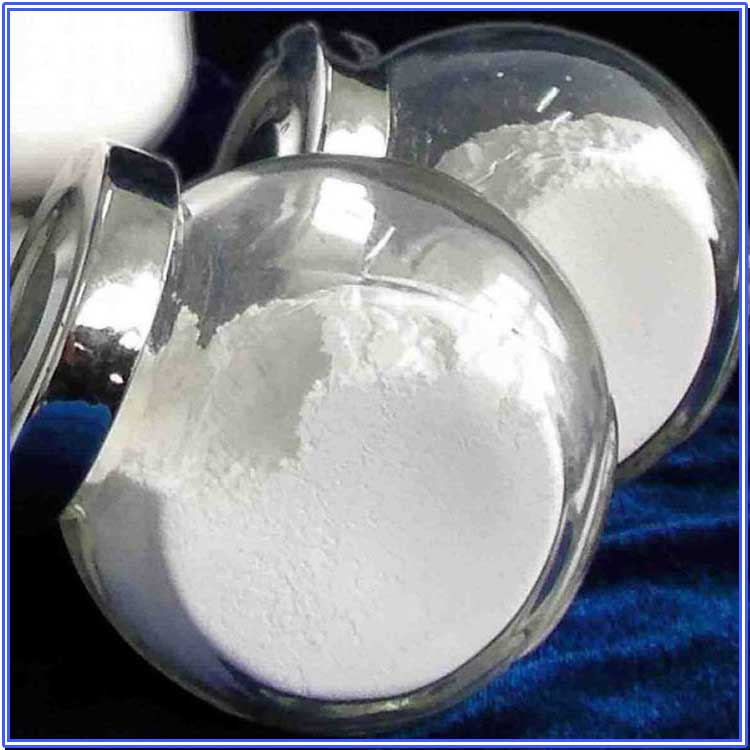Hebei Messi Biology Co., Ltd. stated that as an important functional inorganic material, magnesium oxide is widely used in metallurgy, electronics, catalysis, ceramics, coatings, medicine, adsorption, refractory materials and optical materials. Mineral direct pyrolysis, chemical precipitation, gas phase hydration, carbonization, carbon ammonium method, spray pyrolysis, hydrothermal method, sol-gel method and other methods are used to prepare magnesium oxide. However, there are still many problems restricting the development and application of high value-added magnesium oxide materials, such as long process flow, environmental pollution, irregular product morphology, wide particle size distribution, and serious particle agglomeration.

In recent years, magnesium oxide powders with different morphologies can be prepared by preparing special morphology precursors such as rod-shaped magnesium carbonate, flaky magnesium hydroxide, and blocky basic magnesium carbonate, and then pyrolyzing or calcining them. Among them, spherical magnesium oxide has the characteristics of high reactivity and good stability, and has shown broad application prospects in the fields of catalysts, bactericides, thermal conductive fillers, wastewater treatment and pollutant adsorption.
The preparation of spherical magnesium oxide is mostly obtained by calcining spherical basic magnesium carbonate, spherical basic magnesium oxalate, and spherical magnesium hydroxide as precursors. In the preparation process, alkaline precipitants and surfactants such as sodium polyphosphate and polyacrylamide are required, and the bird’s nest and spherical magnesium oxide structures are obtained by regulating the growth of the sheet structure. At present, there is still a lack of a simple preparation method for spherical magnesium oxide. The preparation process and device development of spherical magnesium oxide are of great significance for improving resource utilization and developing new functional materials.
